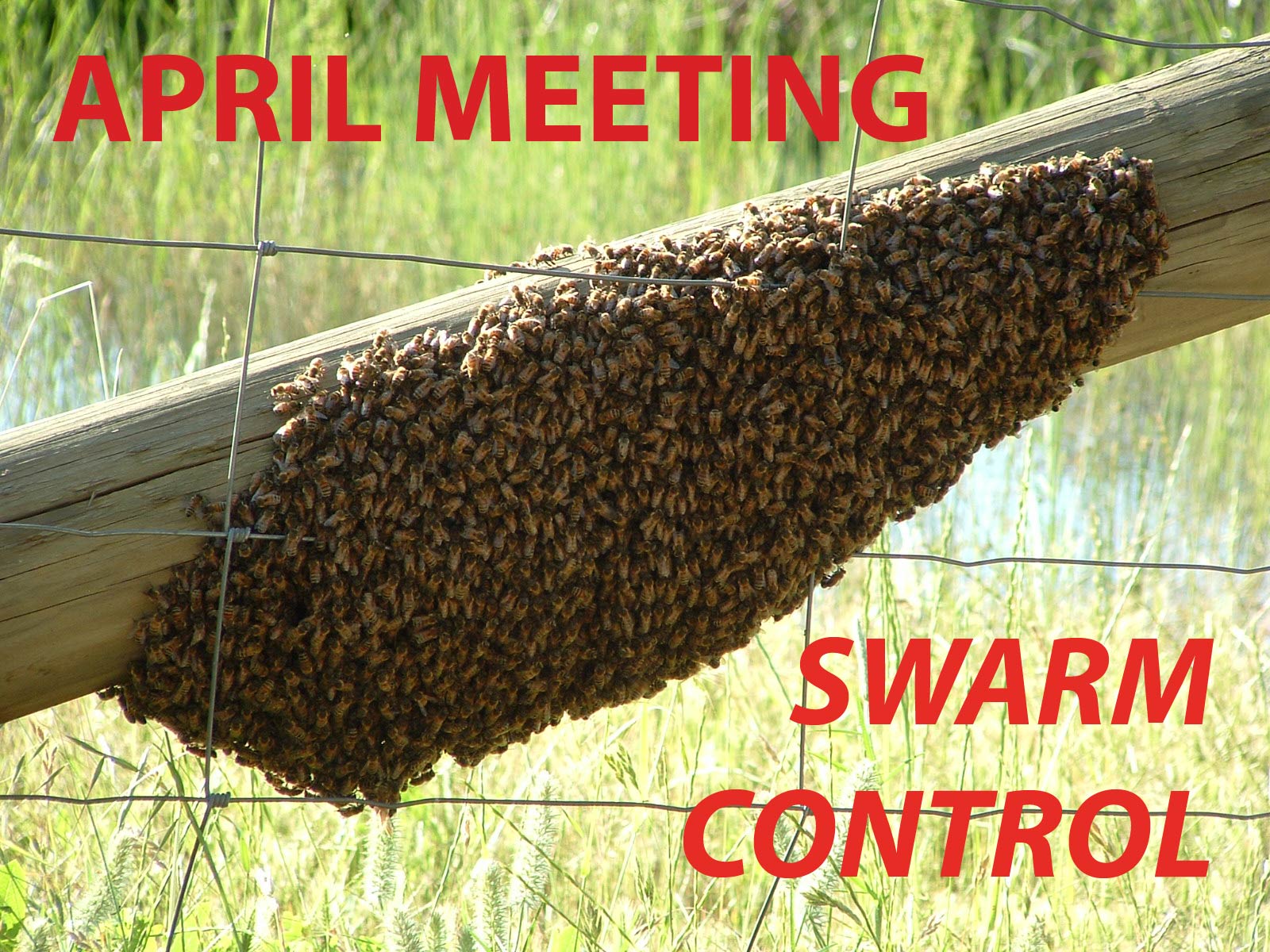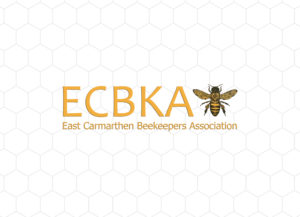Honey Bee Swarm Identification & Collections
Please look at the following information and if you think you have a swarm of honeybees that you would like to be collected then contact our swarm liason officer swarm@ec-bka.com or use our online contact form.
Whilst there is usually no charge for removing a HONEY BEE swarm, a contribution towards expenses are always welcome. A call to other species may incur a charge.
The information and pictures of the insects will usually allow a positive identification.
What is a Swarm of Bees?
A colony of bees will swarm as a method to form another colony of bees.
At some time between the end of March and the end of July when the number of bees in a colony is large enough the queen bee with several thousand workers flies out to find a new home. This is a swarm.
Normally a swarm temporarily settles on a branch of a tree or in a bush or sometimes on a wall or a fence within 50 to 100 metres of its original nest. It then stays there until scouting bees have found a new nest site (usually a hole in a tree). The swarm will then fly directly to the new nest site and make a new home.
Swarms are normally noticed when they are hanging in a tree or bush. A swarm looks like a large teardrop varying in size from a rugby ball to something 2–3 times that size (examples of swarms are shown in the accompanying pictures).
Is a Swarm of Bees aggressive?
Generally, bees in a swarm are not aggressive. Before they left their original nest the bees will have eaten a lot of honey which keeps them calm and peaceful.
Beekeepers are keen to capture a swarm of bees as they can create a new colony in one of their beehives.
If you think that you have a swarm in your garden and would like to inquire if we can remove it, then please contact us via email at swarm@ec-bka.com or use our online contact form.






